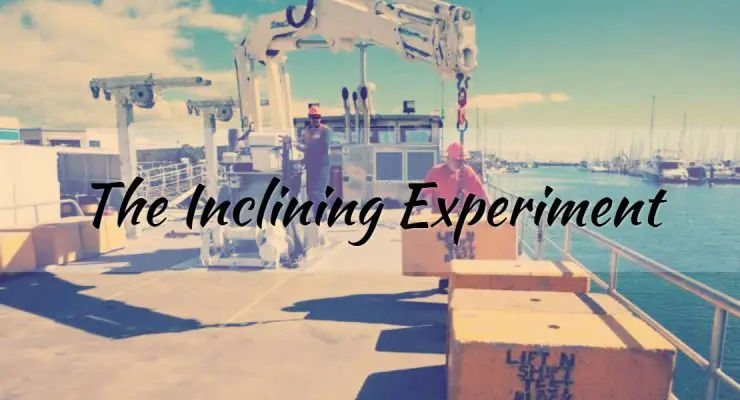Purpose Ship’s stability calculations not only rely on the ship’s geometry but also on the knowledge of where the ship’s centre of gravity (G) is positioned. Although the distance of G from the keel can be ascertained for various conditions that the ship may be in, it is essential that it is accurately known for one specified ship condition.To this end, the need to carry out an inclining experiment becomes necessary and from this, two facts should become known:the displacement; and the position of G in a known ship’s condition.The inclining test is carried out to find the … [Read more...]
